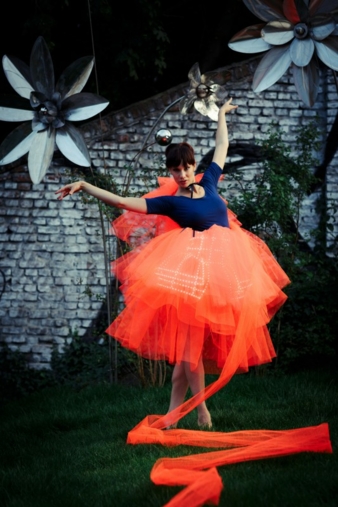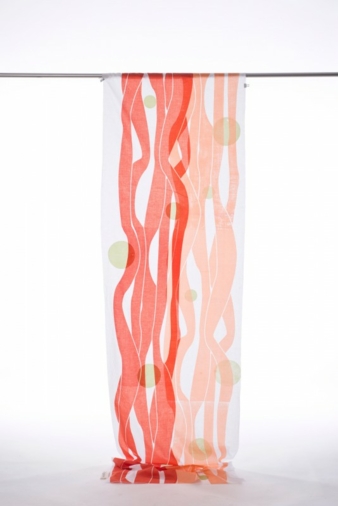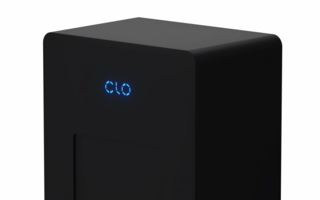28/10/2015 – Lectra — auf Deutsch lesen
2015: Back to the future
In 2015, the fashion industry proved once again that it is one of the most innovative industries, perhaps coming in just behind the automotive and mechanical engineering sectors.
This year, the symbiosis of tradition and future proved a fertile breeding ground for new ideas. As much as a fifth of all fashion is now bought over the internet and, as online branded fashion sales grow, more and more fashion houses are exploring the opportunities offered by digital processes in production.
All this has been triggered by the digital consumer for whom life without a smartphone would be nigh on unthinkable, if not unbearable. Equipped with various apps, these consumers compare products and prices wherever they just happen to be. Even before they step inside a shop, they are often already well informed about the products, the selection, the prices and offers – and the competition. Fashion brands that fail to jump on the digital bandwagon, will soon fall by the wayside. Not surprisingly, therefore, the number of fashion firms investing in new technologies is on the rise.
Accordingly, Zalando is using its new technology innovation division known as “The Shuttle” to determine its customers exact fit. A sock fitted with sensors, for example, measures the customers exact shoe size.
In the design and production of fashion, Lectra is rapidly advancing state-of-the-art technology in the realm of digitalisation. “Its all about structures, new processes and individualised production,“ says Daniel Harari, Lectras CEO. The latest PLM solution from Lectra was recently commissioned for Brioni, the international luxury fashion label. The companys product development processes are now monitored from the very first stitch to the final pressed crease of its luxury suits for men.
The entire sourcing process, the creation and product development phases are all controlled digitally. Every department has access to all information and data, whether it relates to the patterns or materials. This system allows Brioni to provide every division with transparent data and consequently just “one version of the truth”. This means that the staff are all working on a single version of a prototype suit. Alterations are transferred to the database in real time.
High-tech has long since arrived in the textiles industry. T-shirts with integrated microphones or illuminated scarves with heating functions have been spotted on the catwalks of Berlin and New York. The multimedia jacket from ONeil is “living” proof that smart technology has found its way onto conventional clothing racks. With the GPS unit woven into the material of their jackets, skiers and snowboarders can track their routes, find somewhere to eat or simply listen to music.
“Wearable technology”, as it is known, constitutes the fusion of textiles and electronics, reaching far beyond the limits of fitness wristbands and the like. This years “Fashiontech“ in Berlin, a sub-conference taking place as part of “re:publica“, demonstrated all too clearly that the technological capabilities of fashion are gaining importance. This event showcased the latest fashion technologies and discussed possible fashion statements of the future. Perhaps fabrics printed with micro-algae that change colour in sunlight (Designstudio Blond & Bieber)? It certainly looks like 2016 will be another exciting year.
70 years of Brioni…





